Circular Economy in Action: How Battery Recycling Powers India’s EV Growth
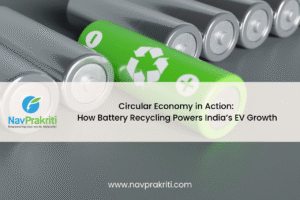 >
>
Circular Economy in Action: How Battery Recycling Powers India’s EV Growth
India is racing toward a cleaner mobility future. With an ambitious target of 30% electric vehicle (EV) adoption by 2030, the country is experiencing a surge in EV manufacturing, sales, and charging infrastructure development. But there’s a lesser-known side to this transition—one that could either strengthen or sabotage the sustainability story: battery waste.
As a company rooted in circular thinking, Nav Prakriti sees battery recycling not just as a waste management task—but as a powerful engine for India’s energy resilience, material security, and green innovation. It’s where battery recycling, India’s EV movement, and the circular economy converge.
The Battery Boom, and What Comes After
Lithium-ion batteries are at the heart of EVs, and India’s demand for them is skyrocketing. According to NITI Aayog, India’s annual battery demand is expected to reach 260 GWh by 2030. This includes not just electric two-wheelers and cars, but also energy storage systems for solar power, telecom, and data centers.
But here’s the catch: batteries don’t last forever. Typically, an EV battery lasts 6–8 years. After that, it either needs to be reused in a lower-power application or recycled to recover valuable materials like lithium, cobalt, manganese, and nickel. Without a circular solution, India could face a battery waste crisis by the end of the decade—with over 50 million EVs on the road by 2030, that’s a lot of used batteries.
This is where battery recycling in India’s EV and circular economy landscape becomes absolutely essential.
Why Battery Recycling Matters
Battery recycling is critical for three reasons:
-
Material Security
India currently imports almost all of its lithium-ion battery components. Recycling can recover up to 95% of critical materials and reduce dependence on global supply chains. -
Environmental Safety
Used batteries are classified as hazardous waste. If improperly disposed, they leak heavy metals and toxic electrolytes into the environment. -
Economic Efficiency
Recycled materials are significantly cheaper and less carbon-intensive than newly mined ones. Studies show that using recycled cobalt, for instance, can cut costs by up to 35%.
At Nav Prakriti, we’re working to make this vision real—by designing systems that keep batteries in use, materials in circulation, and waste out of landfills. This is our contribution to the growing intersection of battery recycling, India’s EV future, and circular economy solutions.
India’s Policy Landscape Is Evolving
The Indian government has taken meaningful steps to enable battery circularity:
✅ Battery Waste Management Rules, 2022
Introduced by the Ministry of Environment, Forest and Climate Change (MoEFCC), these rules:
-
✅ Enforce Extended Producer Responsibility (EPR): battery manufacturers and importers must ensure proper collection and recycling of used batteries.
-
✅ Introduce digital tracking via EPR certificates, ensuring transparent compliance.
-
✅ Mandate recycling efficiency targets, rising from 70% to 90% over time.
-
✅ Apply to all battery types, including EV, portable, and industrial batteries.
✅ PLI Scheme for Advanced Chemistry Cell (ACC) Batteries
The Production Linked Incentive (PLI) scheme for ACC batteries earmarks ₹18,100 crore to boost domestic battery manufacturing and promote a self-reliant supply chain. But manufacturing alone isn’t enough—battery recycling must scale alongside EV growth and circular economy goals.
What the Future Demands
By 2030, India will generate over 2 million tonnes of used lithium-ion batteries per year. The clock is ticking, and the need is clear:
-
➛ Robust collection networks across urban and rural India
-
➛ Investment in clean recycling tech at scale
-
➛ Public-private partnerships to close the loop
-
➛ Awareness programs to prevent informal sector mishandling
Battery recycling in India’s EV circular economy is not a side task—it’s a central strategy for sustainability, self-reliance, and long-term success.
At Nav Prakriti, we’re not just managing battery waste. We’re building a system where materials flow smartly, efficiently, and endlessly—powering the future without polluting it.
Let’s Power India’s EV Growth the Circular Way.
If you’re a manufacturer, fleet operator, or policy stakeholder looking to turn battery waste into a strategic resource, Nav Prakriti is ready to partner with you.

.png)









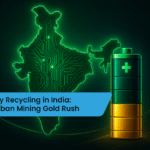

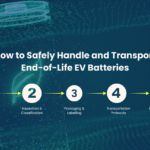
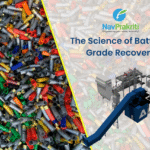
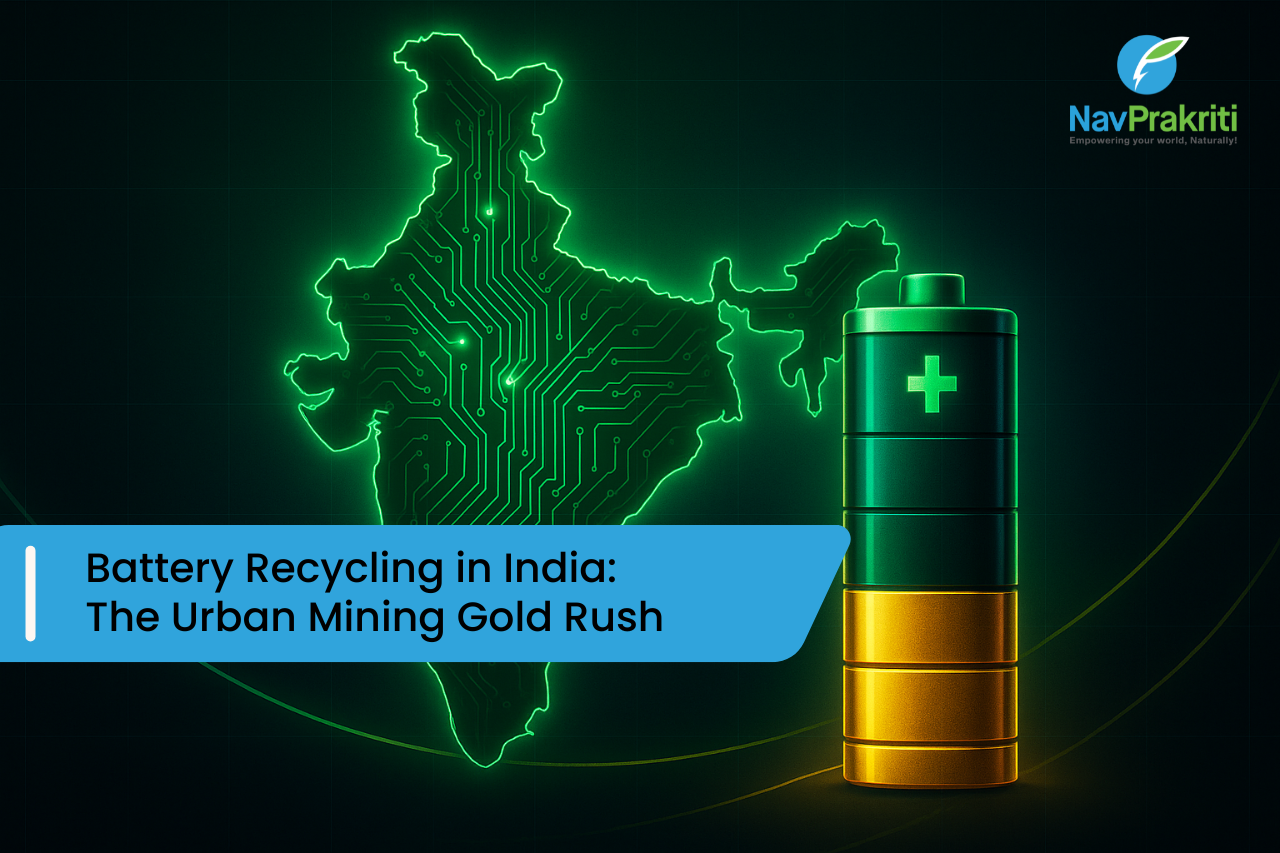
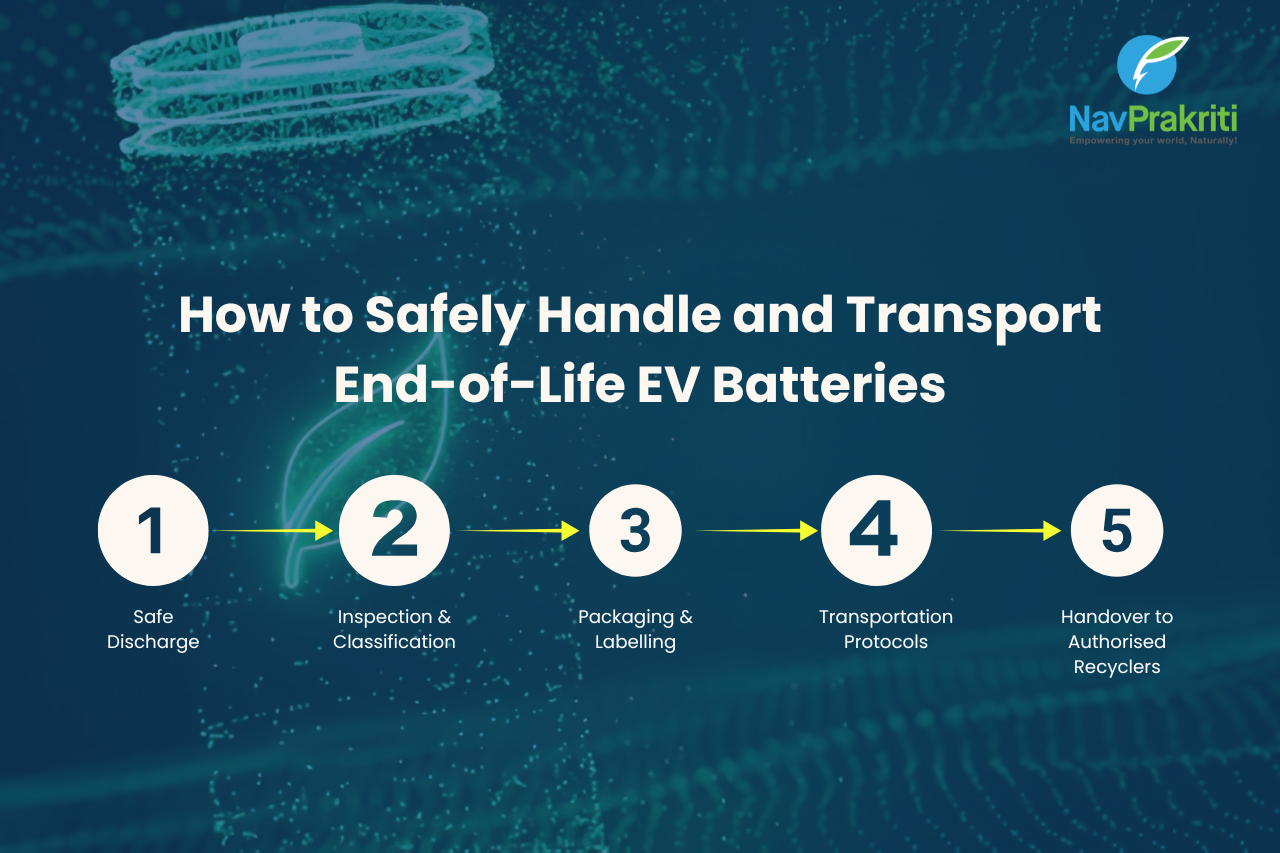
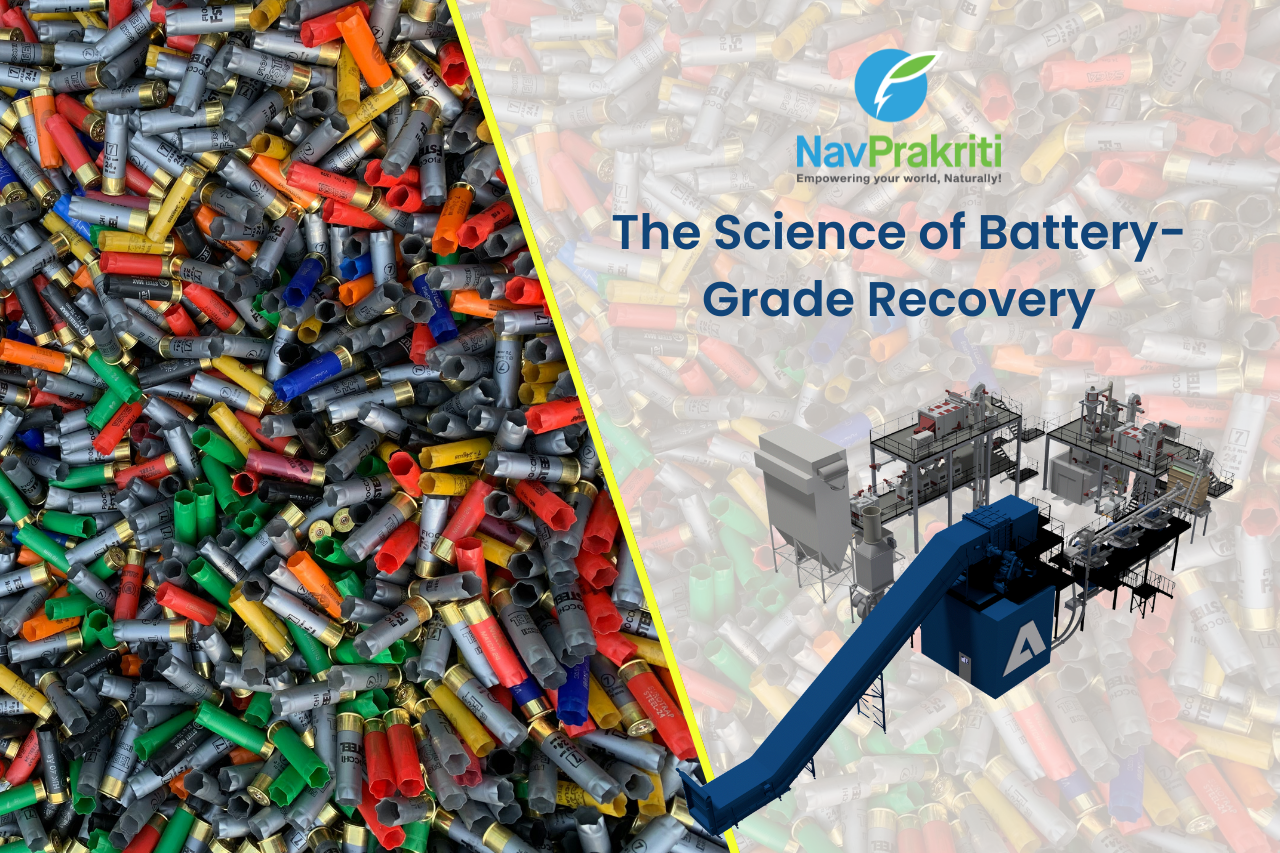
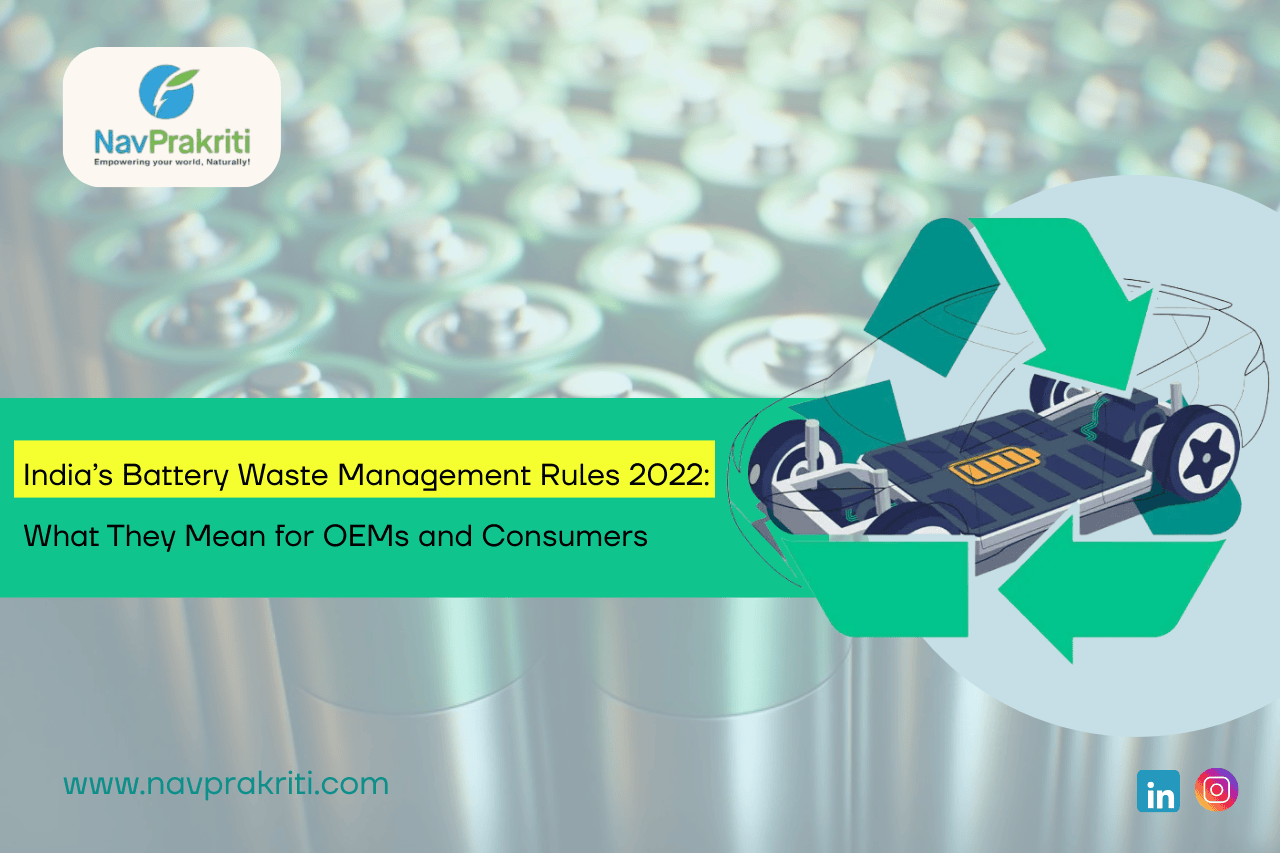


Leave a Reply